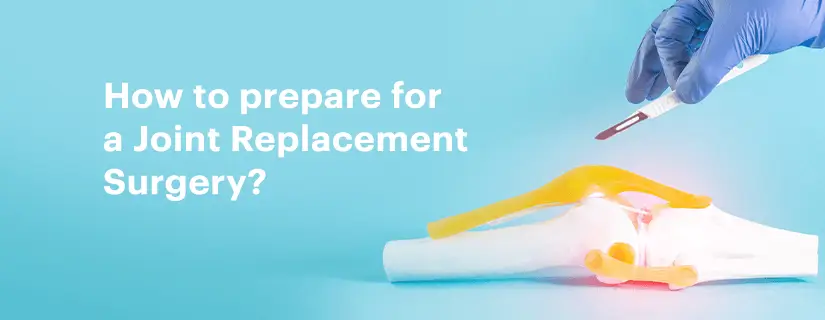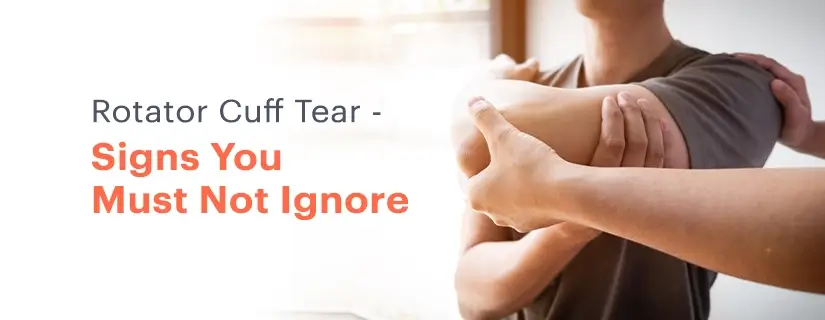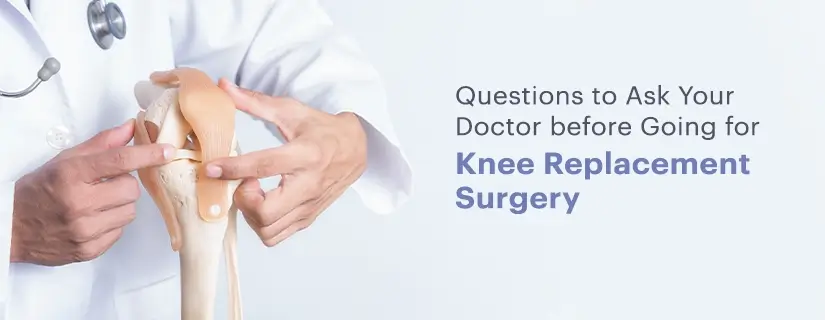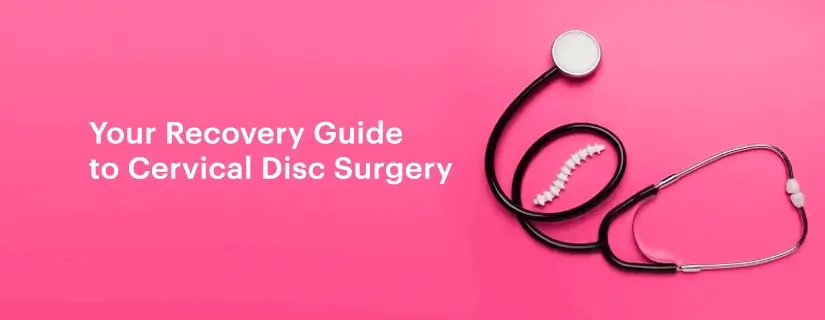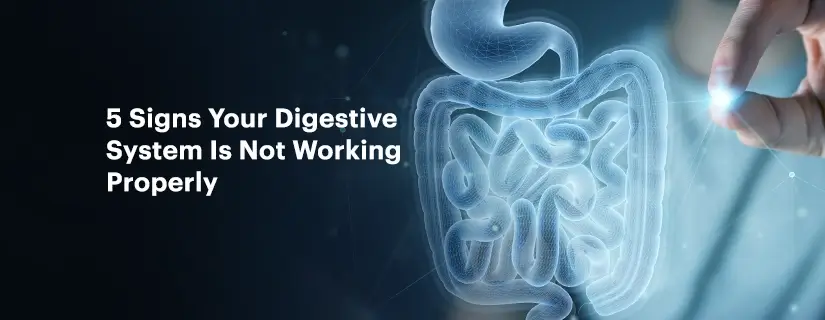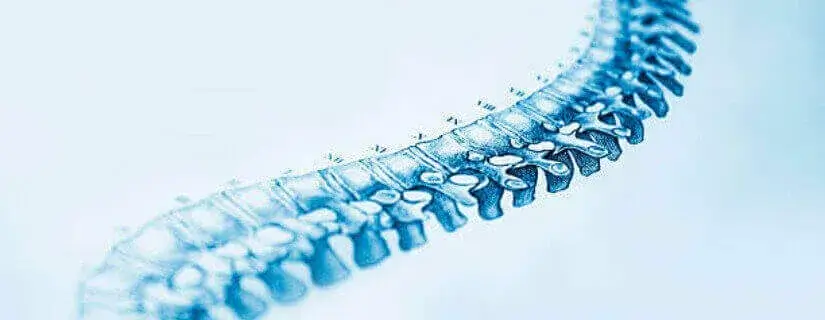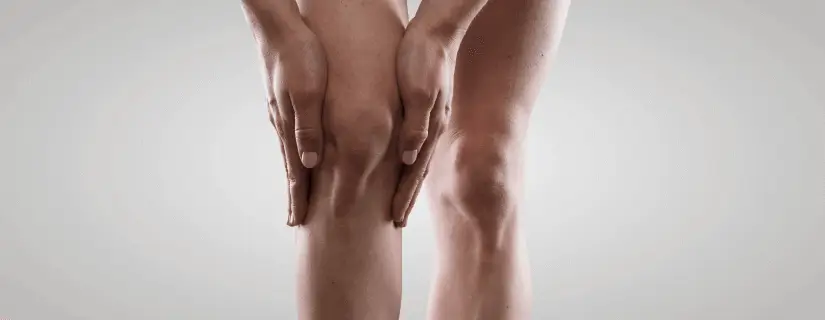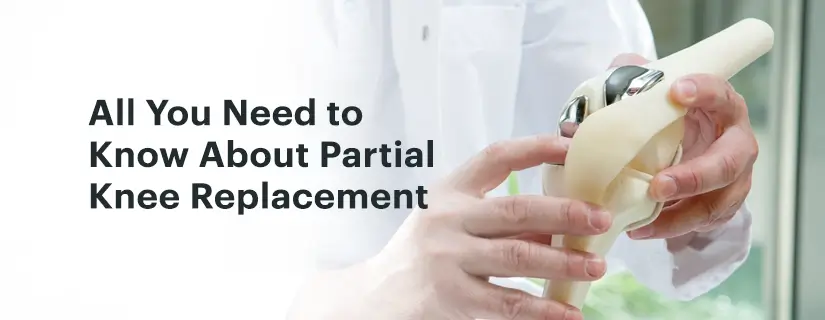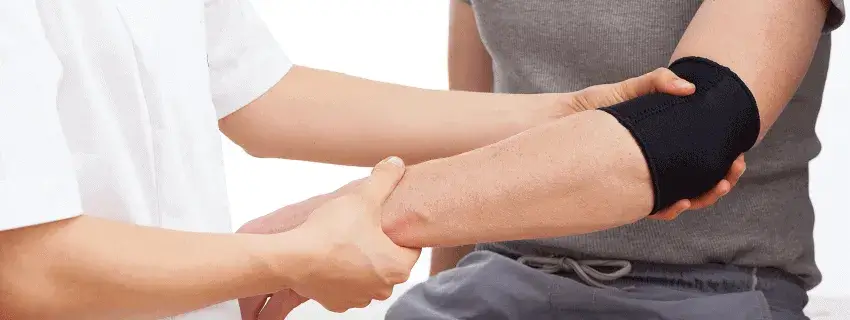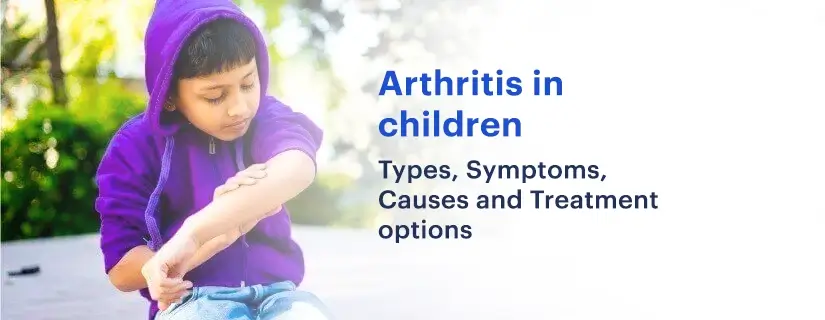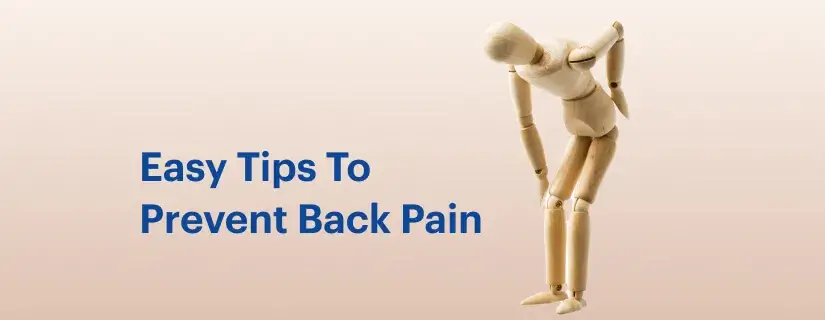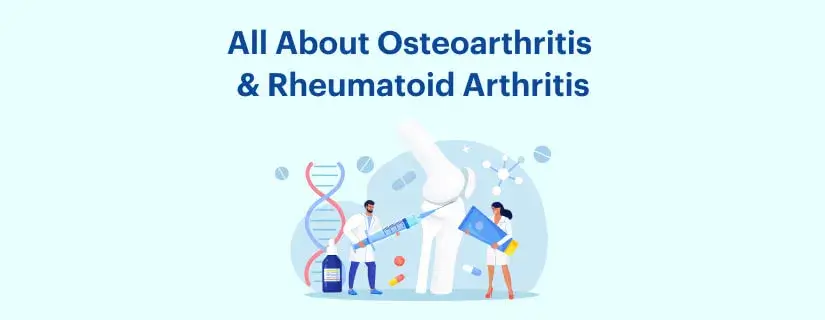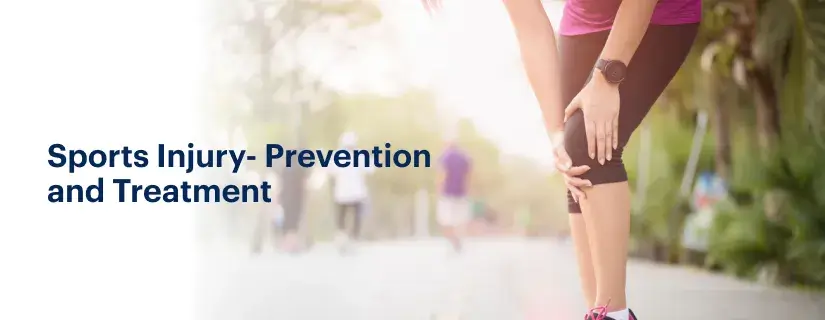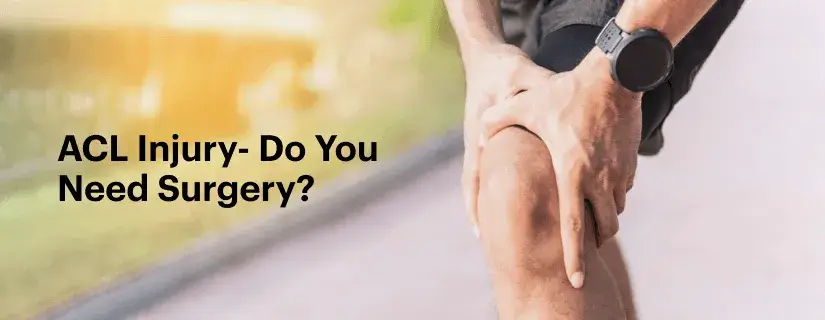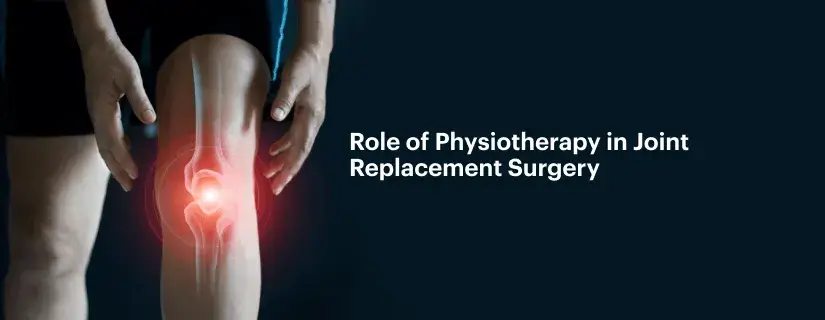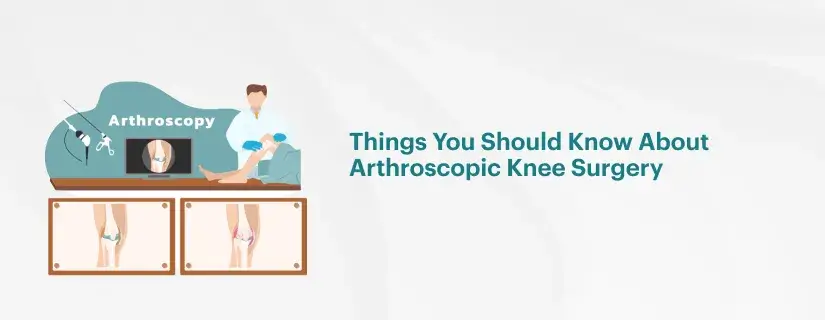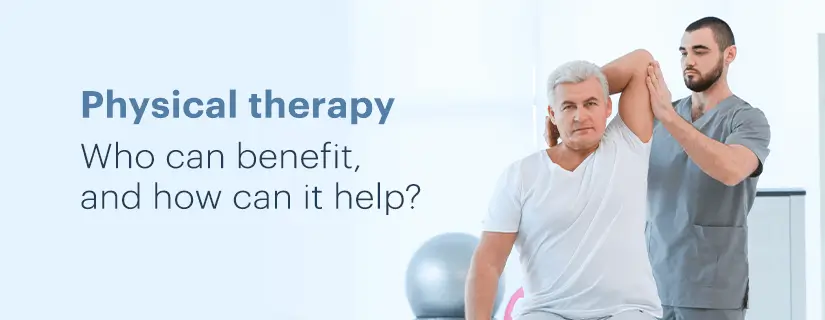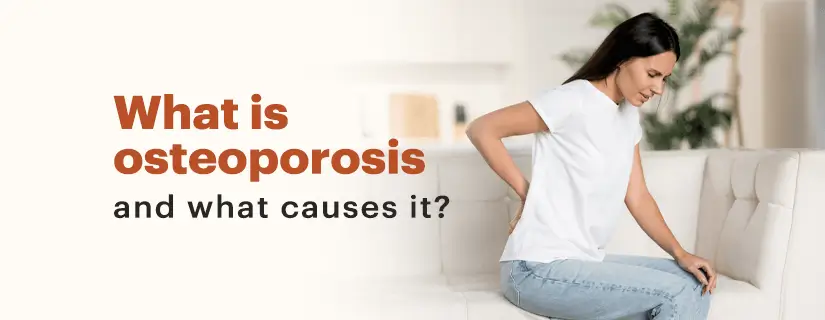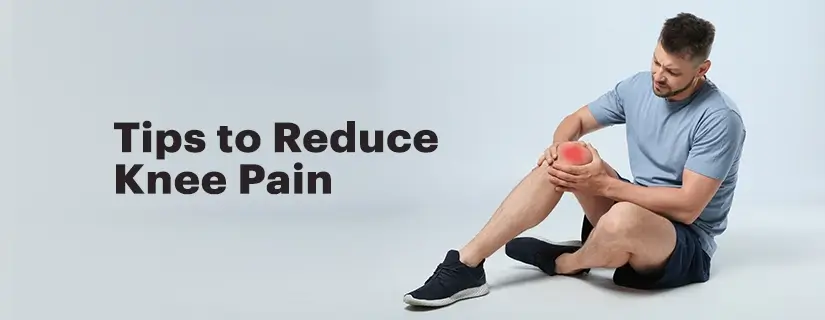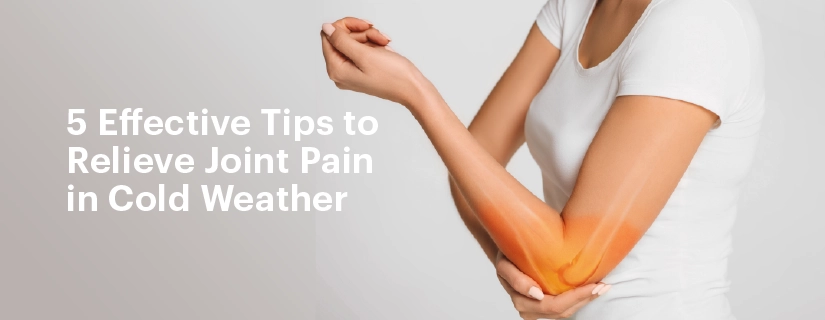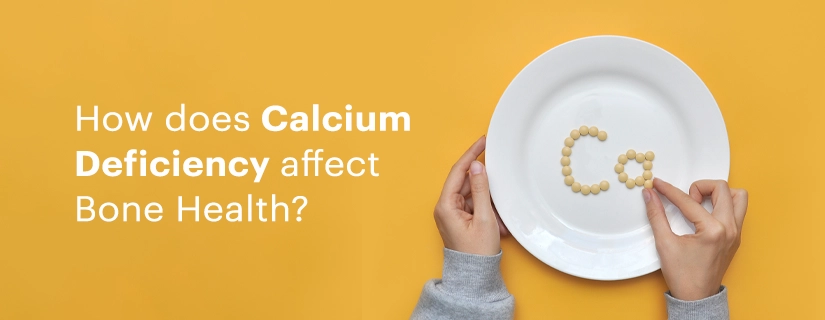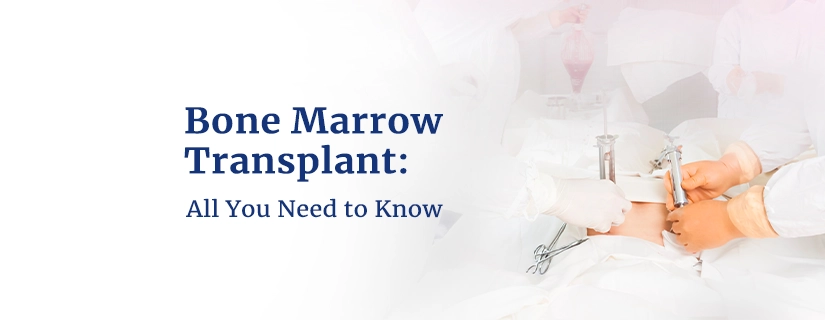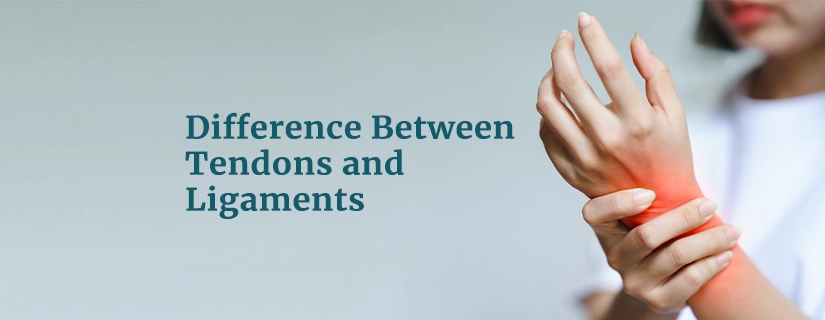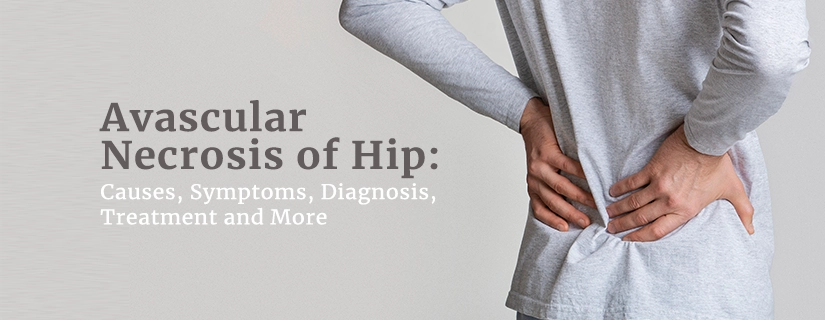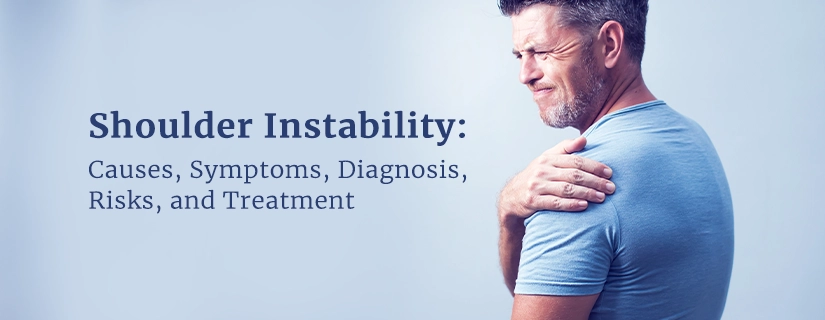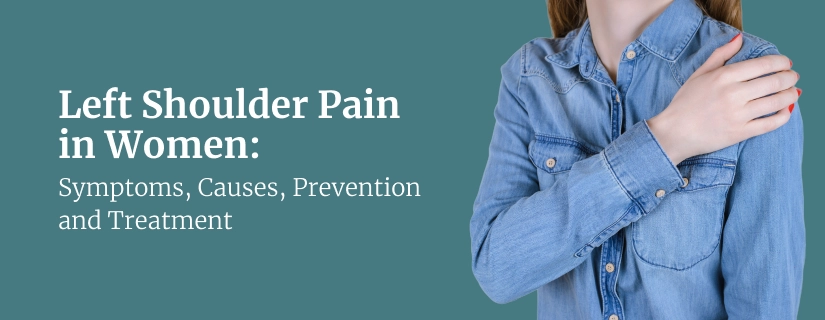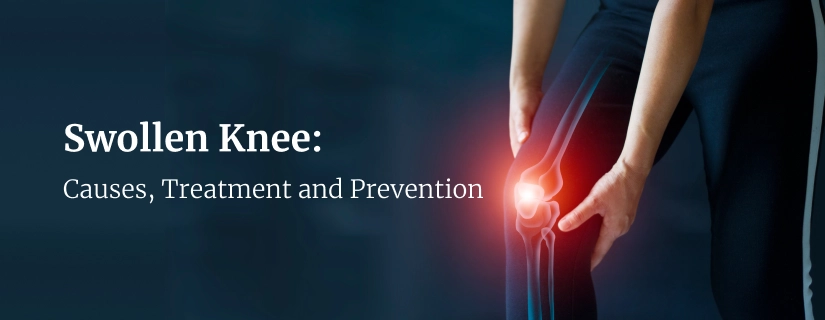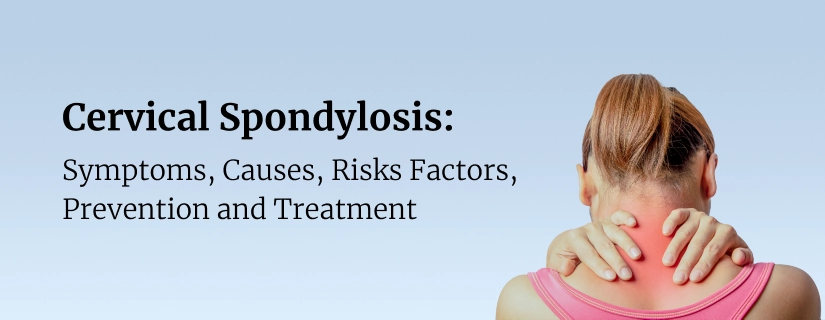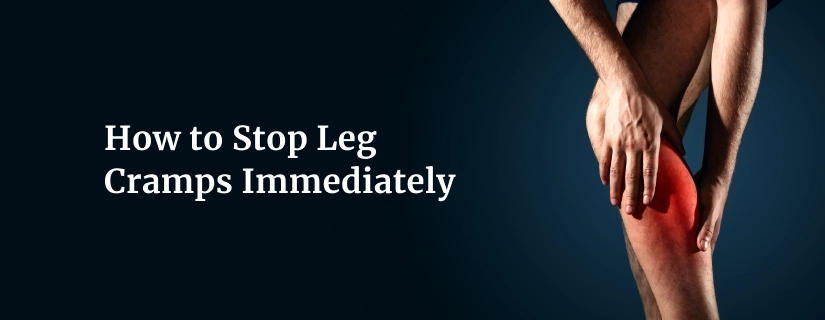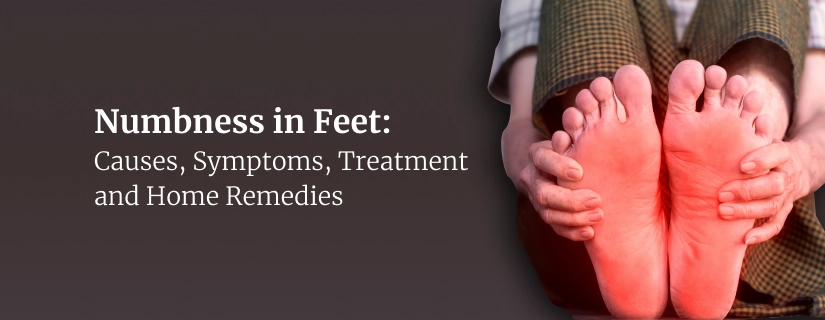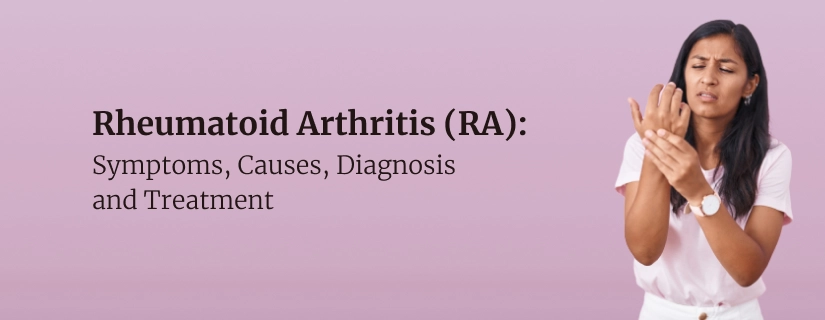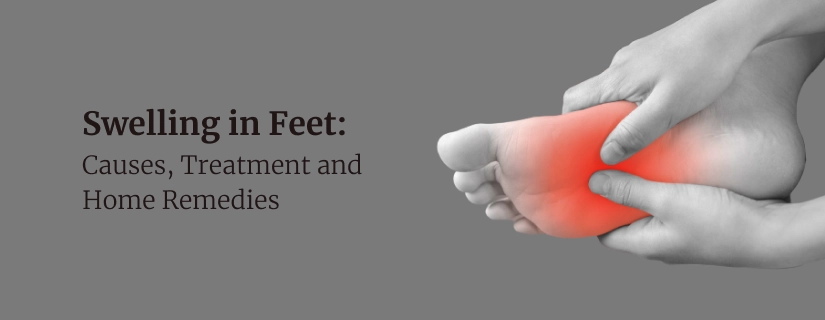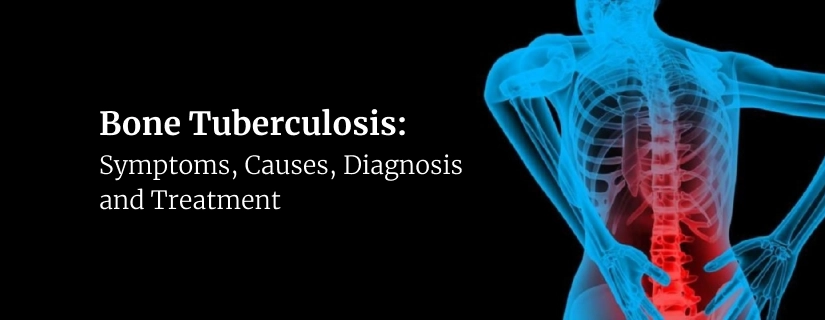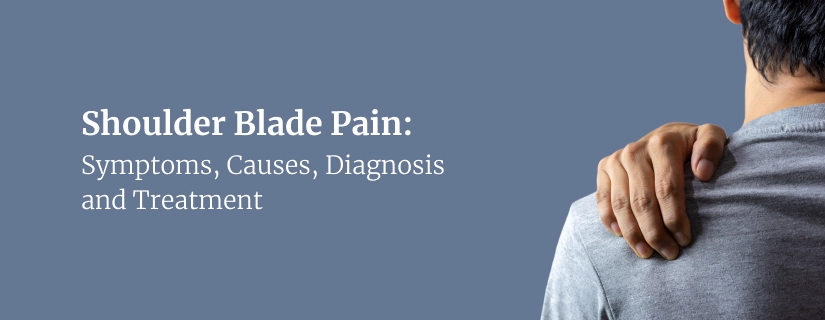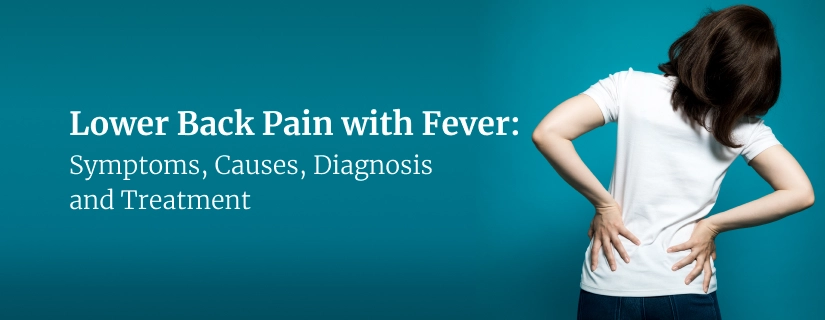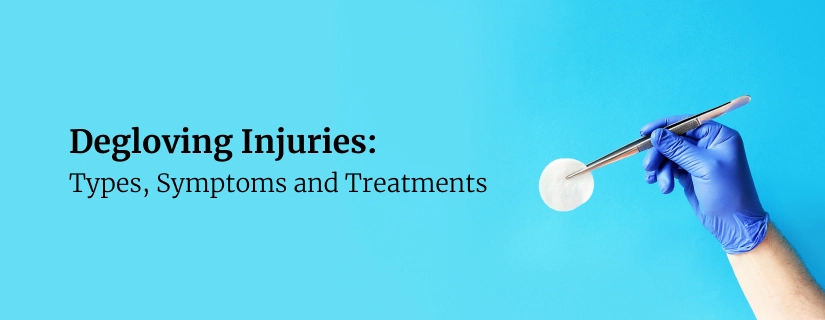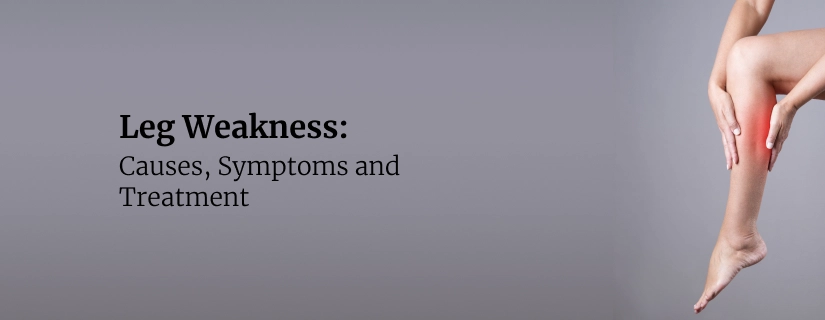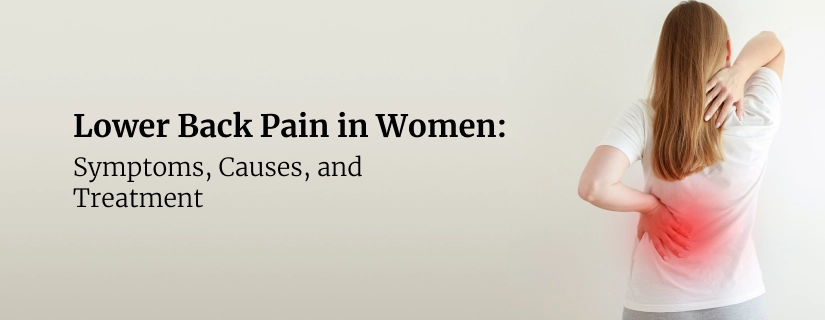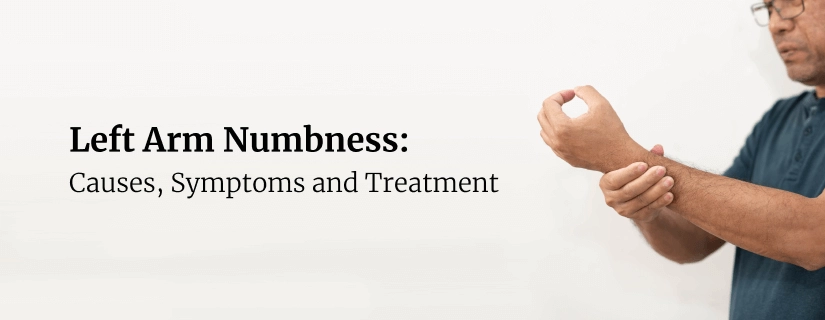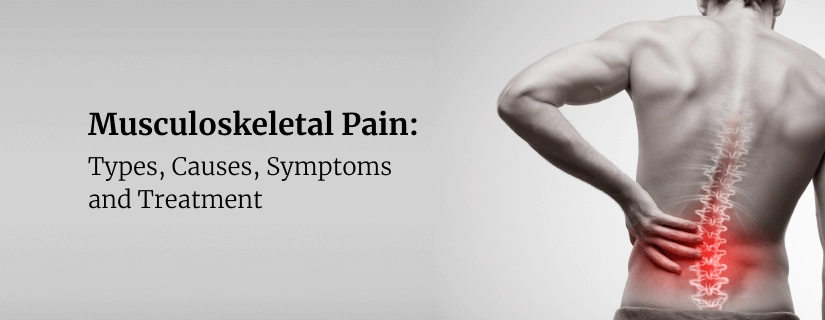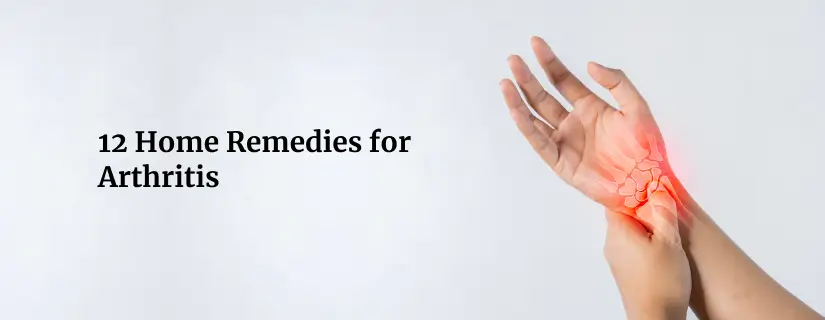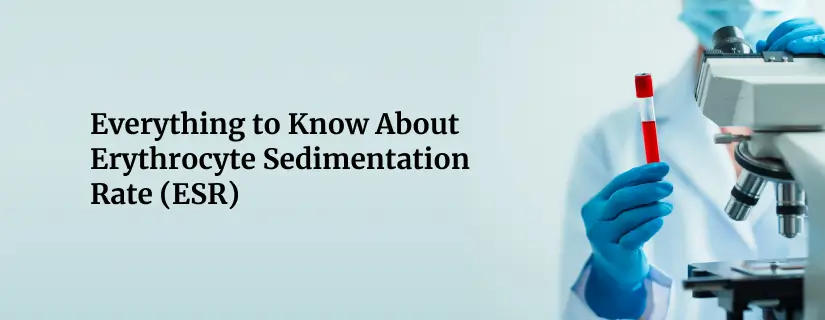-
Doctors
-
Specialities & Treatments
Centre of Excellence
Specialties
Treatments and Procedures
Hospitals & Directions HyderabadCARE Hospitals, Banjara Hills CARE Outpatient Centre, Banjara Hills CARE Hospitals, HITEC City CARE Hospitals, Nampally Gurunanak CARE Hospitals, Musheerabad CARE Hospitals Outpatient Centre, HITEC City CARE Hospitals, Malakpet
HyderabadCARE Hospitals, Banjara Hills CARE Outpatient Centre, Banjara Hills CARE Hospitals, HITEC City CARE Hospitals, Nampally Gurunanak CARE Hospitals, Musheerabad CARE Hospitals Outpatient Centre, HITEC City CARE Hospitals, Malakpet Raipur
Raipur
 Bhubaneswar
Bhubaneswar Visakhapatnam
Visakhapatnam
 Nagpur
Nagpur
 Indore
Indore
 Chh. Sambhajinagar
Chh. SambhajinagarClinics & Medical Centers
Book an AppointmentContact Us
Online Lab Reports
Book an Appointment
Consult Super-Specialist Doctors at CARE Hospitals
Child Limping: Causes, Symptoms, Diagnosis and Treatment
Updated on 16 October 2023
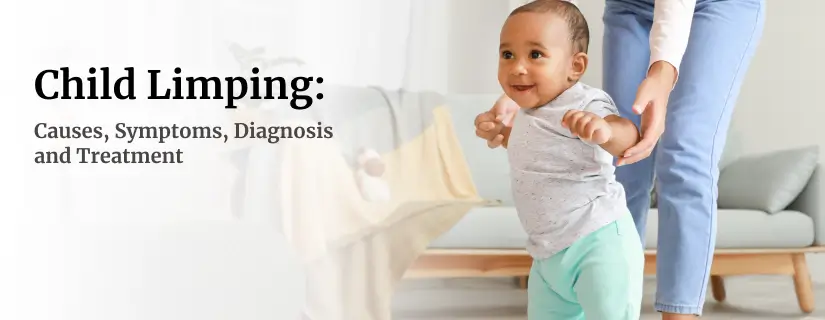
Parents may be concerned when their child limps, as it may indicate an underlying medical condition or injury. Generally, paediatric limping is caused by physical injuries; however, if a child is limping for an extended period of time without a physical injury, it may be a sign of something more serious.
If the limping is accompanied by pain, it should not be dismissed as a growing pain, as such pains are never the cause of limping. The appropriate treatment for a limping child depends on the underlying medical condition. Rest and monitoring may be sufficient in certain situations, while medical intervention may be required in others.
Symptoms of Limping in a Child
Limping can be a sign of injury or a medical condition; however, it may be difficult to identify in young children. There are certain signs that can be present in conjunction with the limping:
- A pronounced limp or a preference for one leg when running or walking
- Pain experienced in the injured leg or hip
- Swelling or inflammation at the affected location
- Loss of feeling or tingling in the foot or leg that is being impacted
- Inability to sit for extended periods
- Pain in the hips
- Repeated falls
- Complaints of feeling weak or exhausted, especially in the legs
- Immobility of the toes
- Lack of stability when walking
|
Age Group |
Possible Conditions |
|
Infants (0-1 year) |
Developmental Dysplasia of the Hip (DDH), Septic Arthritis, Osteomyelitis, Cerebral Palsy |
|
Toddlers (1-3 years) |
Transient Synovitis , Toddler's Fracture, Septic Arthritis, Osteomyelitis, Legg-Calve-Perthes Disease (hip) |
|
Children (4-10 years) |
Transient Synovitis, Growth Plate Injuries, Osgood-Schlatter Disease (knee), Sever's Disease (heel), Legg-Calve-Perthes Disease (hip), Juvenile Arthritis |
|
Adolescents (11-18 years) |
Sports Injuries (sprains, strains, fractures), Osgood-Schlatter Disease (knee) , Sever's Disease (heel), Slipped Femoral Epiphysis (hip) , Juvenile Arthritis, Legg-Calve-Perthes Disease (hip) |
Causes of Limping in Children
The reasons for limping in children can vary, ranging from minor physical injuries to serious medical problems. Some of these reasons include:
- Trauma or injury to the hip or leg, such as fractures, sprains, or both.
- Infections like osteomyelitis (a serious infection of the bone) and septic arthritis (an infection in the joint fluid and joint tissues), which can lead to pain and swelling in the affected area.
- Inherited or developmental issues, such as clubfoot or hip dysplasia.
- Muscle or nerve problems, such as muscular dystrophy or peripheral neuropathy, which can affect movement and coordination.
- Nutritional deficiencies or metabolic diseases like rickets or scurvy, which can impact the growth and development of bones.
- Structural anomalies in the leg or hip bones, such as Legg-Calve-Perthes disease or Slipped Capital Femoral Epiphysis.
- The presence of cancerous growths or tumours in the hip or leg region, which can cause pain and restrict movement.
- Injury or Trauma: Common causes of limping in children include sprains, strains, fractures, or soft tissue injuries resulting from falls, sports activities, or accidents.
- Musculoskeletal Conditions: Certain musculoskeletal conditions or structural abnormalities can lead to limping, such as Legg-Calvé-Perthes disease, developmental dysplasia of the hip (DDH), slipped capital femoral epiphysis (SCFE), or congenital limb abnormalities.
- Infections: Joint infections (septic arthritis), bone infections (osteomyelitis), or viral illnesses affecting the joints (e.g., transient synovitis) can cause limping accompanied by pain, swelling, and fever.
- Inflammatory Conditions: Inflammatory disorders like juvenile idiopathic arthritis (JIA) or autoimmune conditions affecting the joints can lead to limping due to joint inflammation and pain.
- Neurological Disorders: Certain neurological conditions such as cerebral palsy, muscular dystrophy, or spinal cord abnormalities can affect muscle function and coordination, resulting in limping or gait abnormalities.
- Growth-related Conditions: Conditions that affect bone growth or development, such as Osgood-Schlatter disease (affecting the knee) or Sever's disease (affecting the heel), can cause limping in growing children.
- Inherited or Genetic Disorders: Rare genetic disorders affecting bone or muscle development can manifest with limping or altered gait patterns.
- Metabolic Disorders: Metabolic conditions affecting bone health or calcium metabolism can contribute to bone abnormalities and limping.
- Tumors or Masses: Rarely, benign or malignant tumors in the bones or soft tissues of the lower extremities can cause limping as a presenting symptom.
- Post-Surgical Complications: Limping may occur as a result of surgical procedures involving the lower limbs, such as orthopedic surgeries or procedures to address congenital abnormalities.
Diagnosis of Limping
The doctor may prescribe the following tests to identify the cause of the limping based on the other symptoms. If a leg fracture or sprain is suspected as the cause, a physical examination, X-rays, and ultrasounds may be used for diagnosis. Two tests may be performed by the doctor to establish the underlying reason.
-
Simulated prone internal rotation of the hip - The child is tested while their hips are completely extended, and they are held chest to chest by their parents. By accurately measuring hip internal rotation in this posture, Perthes disease, synovitis, and arthritis can be diagnosed.
- Crawl test - When a child limps but can still crawl, the issue is confined to the leg and foot. Consequently, hip and knee sepsis, as well as pelvic osteomyelitis, can be ruled out. However, if they experience difficulty crawling, it may be due to osteochondritis or a tibia foot fracture.
Treatment for Limping in Children
The best person to assess the situation and recommend the best course of action is the doctor.
- The child may need to undergo physical therapy or rehabilitation to restore strength and movement in the injured limb.
- When a structural deformity or injury that requires correction is the root cause of the limp, surgery may be necessary.
- Braces, casts, or splints may help to keep the injured leg or hip stable while it heals.
- To assist the child in remaining mobile while the limb heals, assistive aids such as crutches or a wheelchair may be suggested.
- To promote recovery and reduce the risk of future injury, lifestyle changes such as increased physical activity or dietary adjustments may be advised.
- The appropriate treatment plan will depend on the underlying medical issues causing the limp, such as infections or inflammatory illnesses.
- To treat infections, the doctor may also recommend antibiotics.
- Follow-up checkups and monitoring may be necessary to ensure that the child's condition is improving and to make any necessary treatment modifications.
- Rest and Activity Modification: If limping is due to a minor injury or strain, rest and avoiding activities that exacerbate the symptoms may be sufficient.
- Physical Therapy: For musculoskeletal issues or developmental conditions, physical therapy can help strengthen muscles, improve range of motion, and correct gait abnormalities.
- Medications: Pain-relieving medications or anti-inflammatory drugs may be prescribed to alleviate discomfort caused by certain conditions.
- Bracing or Orthotics: In cases of structural issues or abnormalities affecting gait, orthotic devices or braces may be recommended to provide support and promote proper alignment.
- Surgical Intervention: For severe or persistent conditions such as congenital abnormalities, fractures, or joint problems, surgery may be necessary to correct the underlying issue.
- Treatment of Underlying Conditions: If limping is caused by an infection, inflammatory condition, or neurological disorder, appropriate treatment targeting the specific condition is essential.
- Casting or Immobilization: In certain cases, immobilization with a cast or splint may be required to stabilize the affected area and facilitate healing.
- Orthopedic Consultation: Consulting with a pediatric orthopedic specialist is recommended for accurate diagnosis and tailored treatment plans based on the child's individual needs.
Conclusion
A slight physical injury, hip joint inflammation, or other illnesses may cause children to limp. Due to their physical activity, kids often sustain minor injuries. Rest and cold compresses are frequently used as treatments for mild sprains and fractures that are the cause of limping. The severity of the infection, however, may affect the prognosis for limb pain brought on by other illnesses. Consult a physician if you observe the child limping regularly or if the limping is accompanied by other symptoms, such as an inability to sit for extended periods of time, hip pain, or difficulty walking.
FAQs
1. When should I worry about my child limping?
Most of the time, a child's limping is the result of minor injuries and is not a cause for concern. If the child's symptoms worsen or if they begin to hobble while experiencing severe hip, thigh, or knee pain, it is advisable to consult a doctor.
2. What should I do if my child is limping?
If your child is limping due to a minor injury like a blister or splinter, administer first aid. Another option is to apply warm or cold compresses for 10 to 20 minutes. If the child complains of discomfort, you can also give them a pain reliever. However, if the pain persists and is accompanied by a fever, redness, and swelling, it is important to consult a doctor to determine the underlying cause.
3. Why is my child limping when walking?
Limping in a child can be caused by various factors, including minor injuries (such as sprains or strains), more serious injuries (like fractures), infections, inflammatory conditions, or underlying health issues affecting the bones, joints, or muscles. It's essential to assess the specific circumstances and consider consulting a healthcare provider for proper evaluation and diagnosis.
4. Does a child start limping with a fever?
If a child has a fever along with limping, it could indicate an underlying infection or inflammatory condition affecting the joints or bones. Infections like septic arthritis or osteomyelitis can sometimes present with fever and limping.
5. Why is my child limping and turning foot in?
Limping accompanied by turning the foot inward (in-toeing) could be due to various reasons, such as hip or leg alignment issues, muscle tightness, or structural abnormalities in the foot or leg bones. A thorough evaluation by a healthcare provider, including physical examination and possibly imaging studies, may be needed to determine the cause.
6. When should I worry about my child limping?
You should consider seeking medical attention if your child's limp is persistent, severe, or associated with other concerning symptoms such as fever, swelling, or limited mobility. Additionally, if the limp follows an injury or trauma, or if your child experiences pain with weight-bearing, it's advisable to consult a healthcare professional for evaluation.
7. Do kids limp from growing pains?
Growing pains typically cause generalized discomfort or mild aches in the legs, often in the evening or at night, but they do not typically cause limping. If your child is experiencing significant limping or localized pain, it's important to consider other potential causes and seek medical evaluation.
8. Can a viral infection cause limping?
Some viral infections can lead to inflammation in the joints or muscles, which may result in limping. For example, viral infections like coxsackievirus (hand, foot, and mouth disease) or influenza (flu) can sometimes cause myositis (muscle inflammation) or reactive arthritis, which may present with joint pain and difficulty walking. If your child has a viral illness and develops limping, it's advisable to consult a doctor for assessment and appropriate management.
ENQUIRY FORM
SELECT CATEGORIES
-
Neurosciences (16)
-
Neurology (37)
-
Neurosurgery (14)
-
Orthopaedics (48)
-
Oncology (33)
-
Obstetrics and gynecology (51)
-
Pulmonology (23)
-
Urology (20)
-
Nephrology (13)
-
Psychiatry (7)
-
Dietetics and Nutrition (111)
-
General Medicine (63)
-
Cardiac Sciences (30)
-
Vascular & Endovascular Surgery and Interventional Radiology (10)
-
Gastroenterology (46)
-
Endocrinology (23)
-
Plastic Surgery (10)
-
Critical Care Medicine (5)
-
COVID-19 (16)
-
Dermatology (16)
-
Emergency Care (1)
-
Ophthalmology (4)
-
Pediatrics (14)
-
Laparoscopic and Bariatric Surgery (8)
-
ENT (15)
-
Kidney Transplant (1)
-
Liver Transplantation and Hepatobiliary Surgery (5)
-
General Surgery (3)
-
Internal Medicine (5)
-
Medicine Information
10 Common Foot Problems in Adults: Causes and Treatment
Knee Joint Instability: Causes, Symptoms, Diagnosis, Risks, Treatment and Recovery
YOU MAY ALSO LIKE
RECENT BLOGS
-
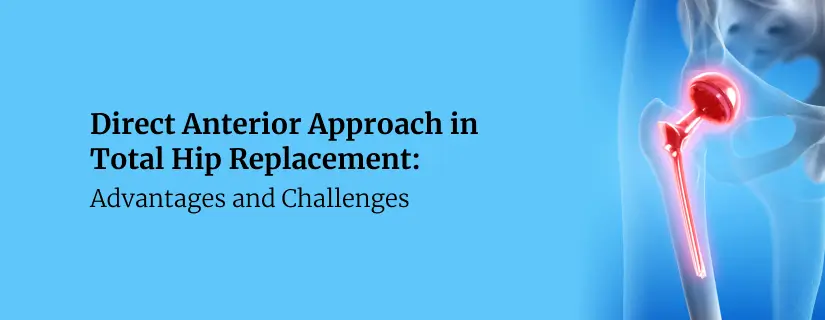
Direct Anterior Approach in Total Hip Replacement: Advantages and Challenges
10 April 2025
Read More
-
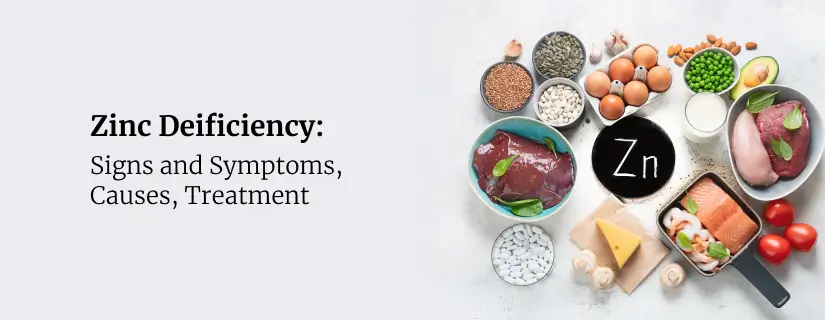
Zinc Deficiency: Signs and Symptoms, Causes, Treatment
9 April 2025
Read More
-
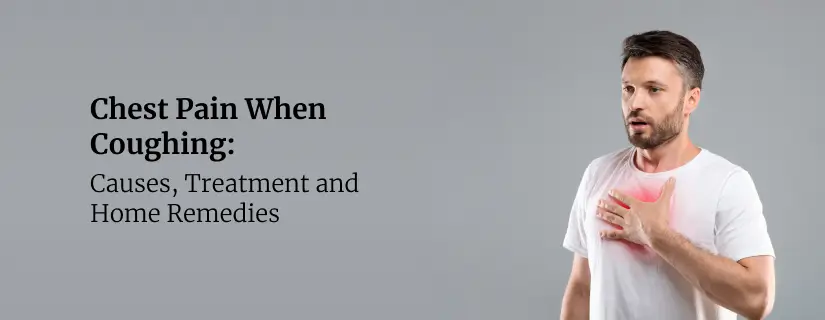
Chest Pain When Coughing: Causes, Treatment and Home Remedies
9 April 2025
Read More
-

12 Health Benefits of Eating Mushrooms
8 April 2025
Read More
-
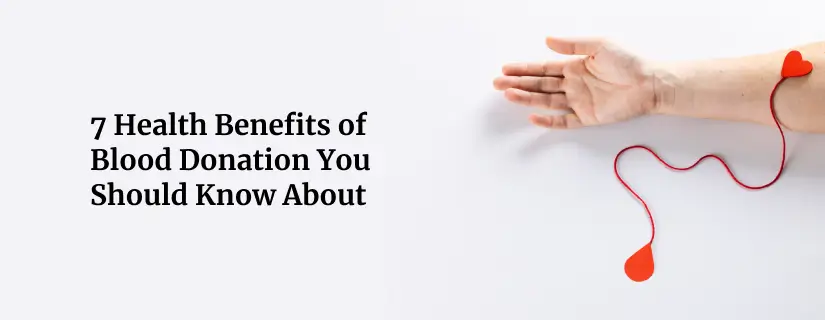
7 Health Benefits of Blood Donation You Should Know About
8 April 2025
Read More
-

Implantation Bleeding Vs Periods: Know the Difference
28 February 2025
Read More
-

Bloating During Ovulation: Symptoms, Causes and Remedies
28 February 2025
Read More
-
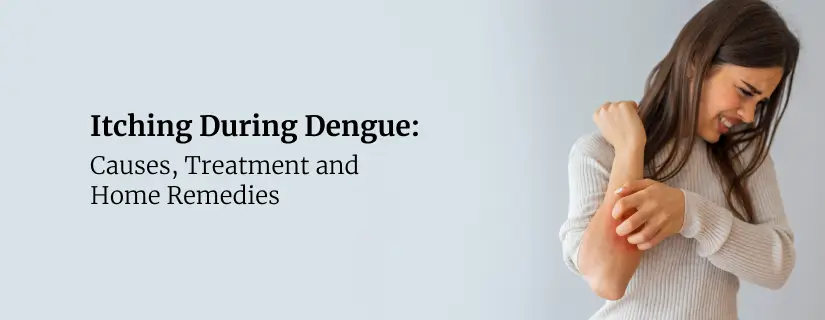
Itching During Dengue: Causes, Treatment and Home Remedies
18 February 2025
Read More
Have a Question?
If you cannot find answers to your queries, please fill out the enquiry form or call the number below. We will contact you shortly.



